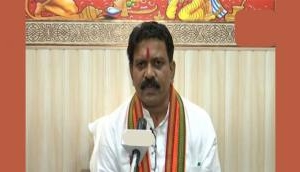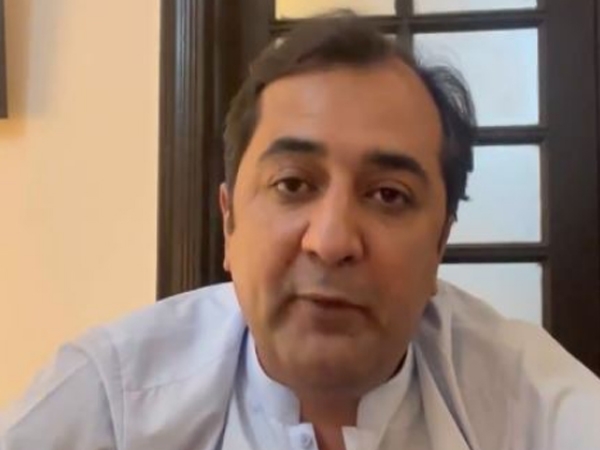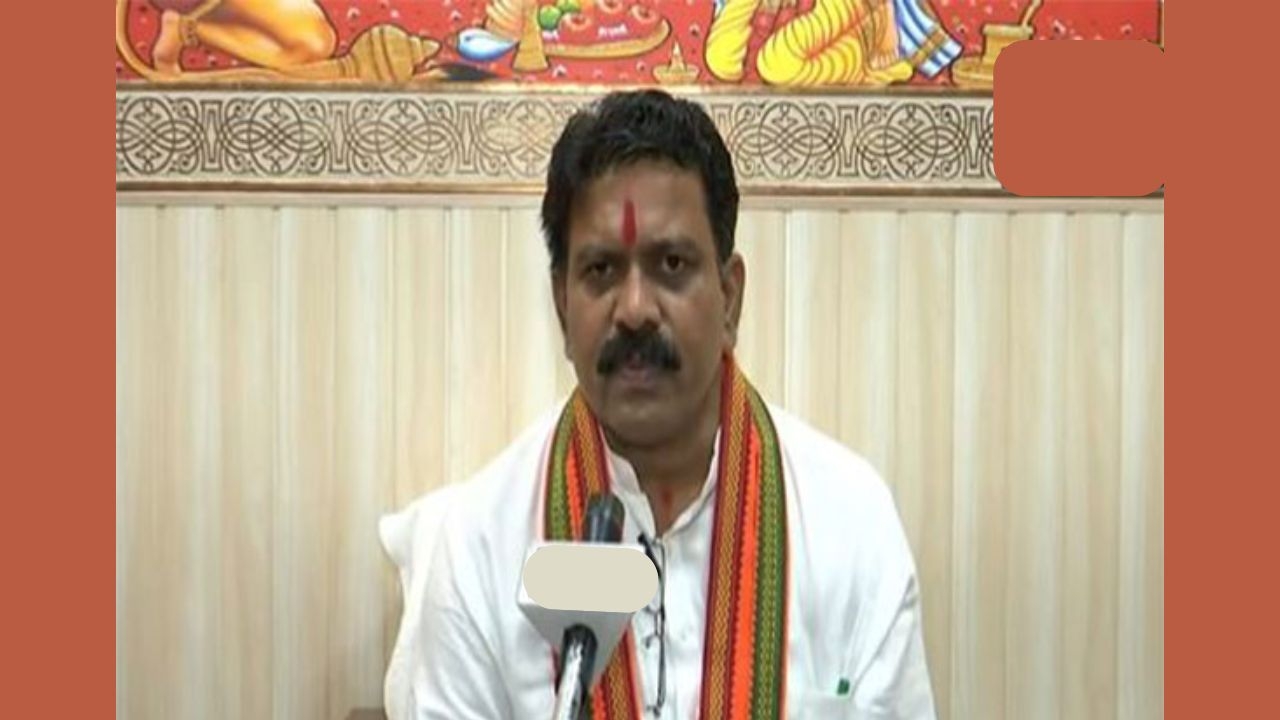Why the Modi govt's plan for pushing ‘Institutions of Eminence’ is flawed

Prime Minister Narendra Modi last week promised Rs 10,000 crore and autonomy to 20 universities — 10 public and private — to help India compete globally and be ranked among the world’s best institutions.
These ‘Institutions of Eminence’ are proposed to have greater autonomy compared to other higher education institutions. For instance, they will be free to decide their fee for domestic and foreign students and have a flexible course duration and structure. Their academic collaborations with foreign institutions will be exempt from approvals of government or University Grants Commission (UGC) except institutions based in the Ministry of External Affairs and the Home Ministry's list of negative countries.
PM Modi, while at Patna University’s centenary celebrations, said, “We will provide an assistance of Rs 10,000 crore to 10 private universities and 10 government ones for a period of five years. These universities will have to fulfil certain criteria for selection and will have to demonstrate their potential to become world class.”
However, what is not clear is what the “certain criteria” is that will help determine which Indian universities will be selected for massive government funding.
The UGC, in mid-September, started accepting applications from higher education institutions that are eligible and interested for the government funding.
“The application duration will be open for 3 months, i.e till mid-December. An Empowered Experts Committee (EEC) will vet all entries and finalise names of 20 institutions, by March next year, to be declared as ‘Institutions of Eminence'," Higher Education Secretary KK Sharma told Catch.
According to KK Sharma, the empowered expert committee will have independent members who will not be political appointees but completely independent.
The eligibility criteria for govt-owned institutions
1. Total of 10 institutions under this category shall be selected to be declared as Institutions of Eminence.
2. Institutions would be a mix of technical institutions, management and arts institutions and central universities.
3. These institutions should figure in the top 50 of the ranking in their category under the latest National institution Ranking Framework as available on the last date of submission of application or in the immediate preceding ranking of NIRF.
4. Institutions finding place in top 500 of some of the internationally recognised ranking frameworks such as the Times Higher Education World University Rankings or QS or SJTU (Shanghai's Jiao Tong University) would also be eligible for inclusion in the programme.
Selection process for govt-owned institutions
According to the UGC, after receipt, the applications that have been submitted in accordance with the format prescribed and within the due date shall be processed and forwarded by the Ministry of Human Resource Development to the Commission which shall entrust it to EEC. The EEC shall conduct its appraisal based on the document submitted by the applicant as well as any other measure of demonstrated commitment to the cause of developing an institution of Eminence.
This appraisal will be the first part of the selection process, involving scrutiny of papers submitted, along with multiple interactions with the representatives of the sponsoring organisation and may also involve any field visit. The EEC will engage with the institutions to study their proposals, hear presentations from them and after a thorough scrutiny, rank the institutions for their suitability for inclusion in this scheme, based on which the EEC would make its recommendations.
The recommendation of the EEC will be placed before the UGC. The UGC will send the recommendation within fifteen days of the receipt of recommendations from the EEC. Based on the recommendations of the UGC and the EEC, the ministry of Human Resource and Development shall issue on selection of institutions under the scheme.
The loopholes
What’s interesting is that the UGC guidelines do not mention the eligibility criteria or the selection process for private institutes aiming to get ‘Intuitions of Eminence’ status. Since the application window has already opened, it seems like all private institutions are eligible to apply. As of now, there is little transparency in the application and subsequent selection process in store for private institutions aiming for the govt funds.
Moreover, the UGC or the MHRD have also not revealed how the members of EEC will be selected. The UGC will most likely set up the committee, in which case, there is a good chance that the appointments will be political in nature.
Interestingly, according of NIRF rating - Overall of 2017, 47 out of the top 50 institutions are government owned or government controlled universities and colleges. This means that government institutions across the country will have to compete amongst themselves to gain top billing.
According to Ravi Srivastava, eminent educationist and social science professor at Jawaharlal University, the idea of selecting a few institutions to get massive government funding is rudimentarily flawed.
“What it essentially means is that the government does not want to worry about institutions that aren’t doing as well as others. This sort of preferential treatment when it comes to educational institution will benefit only a select few and not the nation as a whole. The PM and the govt are so concerned about getting Indian institutions up the global rankings that they do not really care about improving the education system as a whole. The benefits of raising world-class organisations will be limited if the rest of the higher education sector remains wasted," he says.
"Where is the funding for these eminent institutions going to come from? It is an obvious fact that lower ranked government universities and colleges will now be funded lesser and lesser and will eventually be left in a worse situation than they are in now,” he adds.
More so, he says, “rankings pervert one of the main purposes of higher education, which is to ensure that students acquire the knowledge and skills needed for a successful and satisfying professional life of their own choosing.”
Professor Peter D’Souza of the Centre for the Study of Developing Societies feels that although it will be beneficial to have Indian institutions among the best universities in the world, he feels the Indian education system has bigger things to worry about at the moment.
“The kind of crackdown that we have seen in universities across the country is what really worries me about this plan. One one hand, the government curtails its students right to question and protest and dissent that actually make for future scholars, thinkers and planners; and on the other, they want make global centres for learning and research. It is a little ironic.”
He adds, “The poor handling of student unrest at Jawaharlal Nehru University and Benares Hindu University, also reflects poorly on the abilities and judgment of our universities’ leaders, most of whom are aligned with the govt. One has to be skeptical that they are capable of leading these ‘Institutes of Eminence’ institutions to world-ranked status.”
Eminent educationist and former political science faculty of Delhi University Professor Achin Vanaik told Catch, “I am skeptical of the government’s announcement that the EEC members will be independent. Politicisation of this initiative must be kept at bay.”
First published: 21 October 2017, 20:52 IST






![BJP's Kapil Mishra recreates Shankar Mahadevan’s ‘Breathless’ song to highlight Delhi pollution [WATCH] BJP's Kapil Mishra recreates Shankar Mahadevan’s ‘Breathless’ song to highlight Delhi pollution [WATCH]](http://images.catchnews.com/upload/2022/11/03/kapil-mishra_240884_300x172.png)

![Anupam Kher shares pictures of his toned body on 67th birthday [MUST SEE] Anupam Kher shares pictures of his toned body on 67th birthday [MUST SEE]](http://images.catchnews.com/upload/2022/03/07/Anupam_kher_231145_300x172.jpg)






